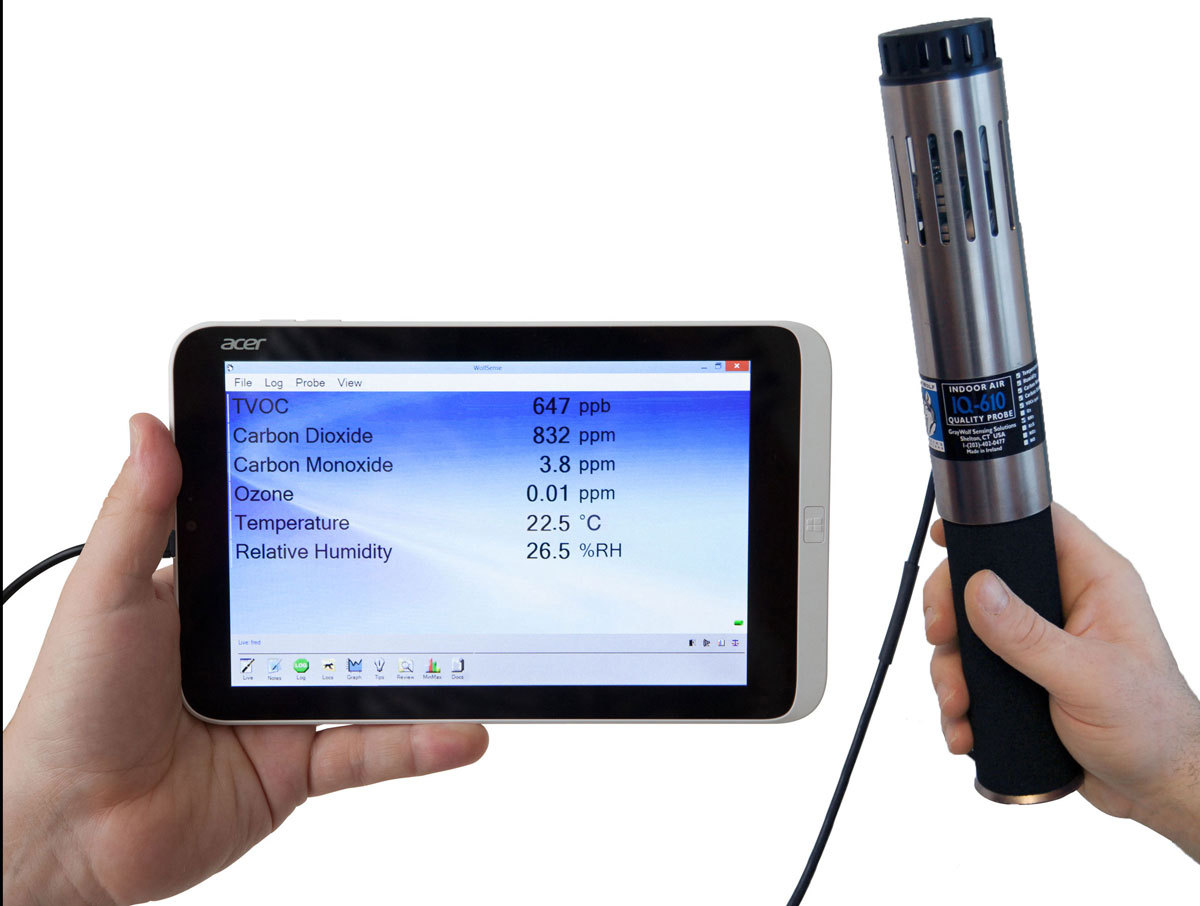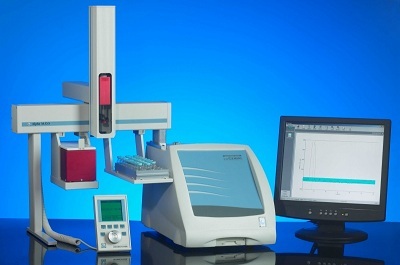用粒子成像测速方法研究单缸发动机进气歧管倾角对进气门流动特性的影响
Abstract—In-cylinder flow field structure in an internalcombustion (I.C) engine has a major influence on the combustion,emission and performance characteristics. Fluid enters thecombustion chamber of an I.C engine through the intake manifoldwith high velocity. Then the kinetic energy of the fluid resulting inturbulence causes rapid mixing of fuel and air, if the fuel is injecteddirectly into the cylinder. With optimal turbulence, better mixing offuel and air is possible which leads to effective combustion. A goodknowledge of the flow field inside the cylinder of an I.Cengine is very much essential for optimization of the designof the combustion chamber for better performance especiallyin modern I.C engines like gasoline direct injection (GDI),homogeneous charge compression ignition (HCCI)engines.The main objective of this work is to study the incylinderfluid flow field characteristics of a single-cylinderengine to see the effect of intake manifold inclination atequivalent rated engine speed using Particle ImageVelocimetry (PIV) under various static intake valve liftconditions. To facilitate the PIV experiments, the metal cylinder ofthe engine was replaced by a transparent one. For every operatingtest condition, 50 image pairs were captured and processed usingDAVIS software. From the results, it is seen that the in-cylinderflow structure is greatly influenced by the intake manifoldinclinations irrespective of intake valve lift. Maximum TurbulentKinetic Energy (TKE) was highest at full intake valve liftirrespective of the inclination. Also, the maximum TKE wasthe highest for 600 intake manifold inclination compared toother inclinations irrespective of the intake valve lift atequivalent rated engine speed. Finally, it is concluding thatthe analysis carried in this work is useful in predicting theflow and inturn optimizing combustion chamber of modernI.C engines.




